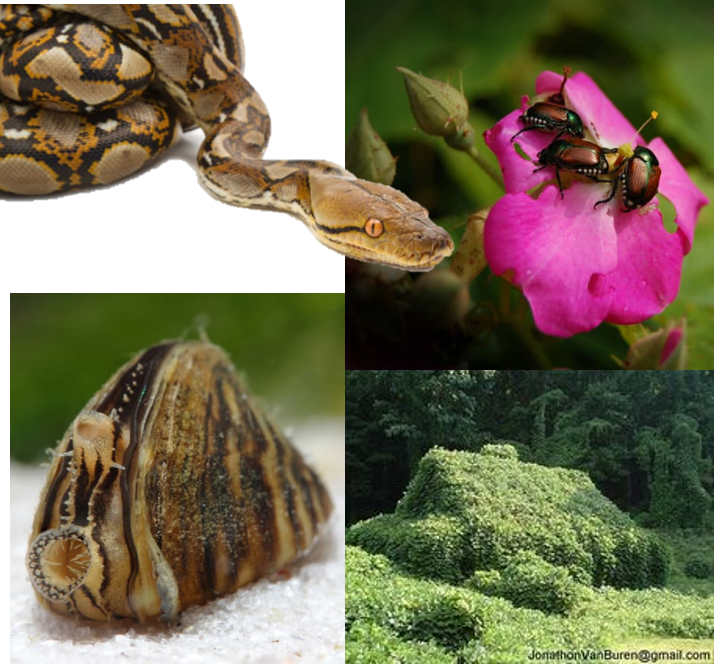Alien invasions are not the thing of science fiction. Plants and animals have been introduced intentionally and by accident from one part of the world to others. In this presentation Dr. Sara will explain the ecology of invasion and why it is that some alien species are here for centuries before becoming a problem, while others behave invasively immediately upon arrival.
If we could detect invading species before they became widespread, we could prevent a lot of damage and save billions of tax dollars. That’s where community science can play a role. Dr. Sara will show us how data from citizen science apps are being used to detect invading species and map their distributions and offer guidance as to how to employ our favorite apps to make the most useful reports possible.
Sara A. Tangren, Ph.D., is a practitioner, researcher, and educator who has worked with the flora of the Mid-Atlantic region for more than 30 years. As such, she remembers the days when she thought Japanese honeysuckle was our worst invasive plant and that our native mosquitoes, then simply referred to as mosquitoes, were annoying. She has worked as an environmental consultant, a native plant and seed producer, an extension agent, and a professional invasive plant slayer. She recently published articles on our state’s imperiled sundial lupines and on the results of a survey on native plant and seed use in the Eastern United States. She is currently serving a two-year term as Coordinator for the National Capital PRISM (Partnership for Regional Invasive Species Management). Her degrees are from Stonybrook University (BA, Earth Science and MS, Marine Science) and the University of Maryland (PhD, Natural Resources).


